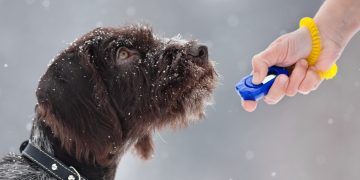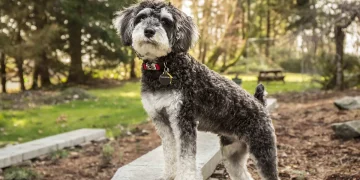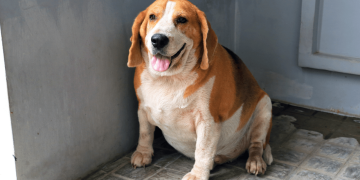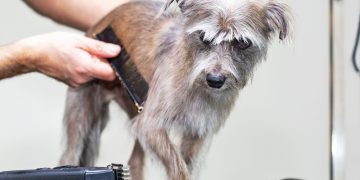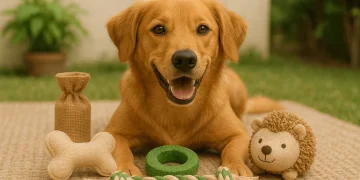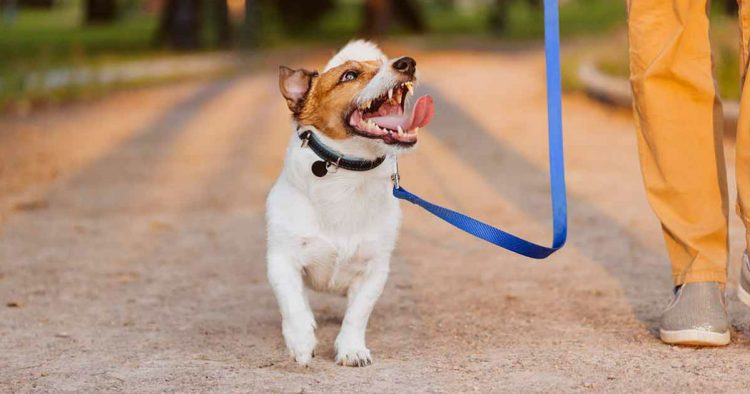Leash training is one of the most essential skills you can teach your pet, especially if you want to enjoy walking them safely and comfortably. Whether you’re training a dog, cat, or another pet, teaching them to walk politely on a leash is vital for their safety, your enjoyment, and your bond. A pet that pulls on the leash can create frustration, injury, and potential behavioral problems. Fortunately, with the right techniques and consistent practice, you can teach your pet to walk politely on a leash, avoiding unnecessary pulling and ensuring enjoyable walks for both of you.
This comprehensive guide will walk you through the process of leash training, from introducing the leash to teaching your pet to walk without pulling. Along the way, we’ll cover common challenges, techniques, and tips that will make the training process smoother and more effective.
Why Leash Training Is Important
Leash training is not just about controlling your pet during walks; it has many benefits for both the pet and the owner. Here are some key reasons why leash training is essential:
1. Safety
A pet that pulls on the leash or runs off-leash is at risk of getting into dangerous situations, such as running into traffic or getting lost. Proper leash training helps keep your pet safe by ensuring they stay close and under control during walks.
2. Better Control
Whether you’re walking through crowded areas, parks, or nature trails, leash training gives you better control over your pet’s movements. This control prevents your pet from darting off after distractions, engaging in unwanted behaviors, or becoming a nuisance to others.
3. Promotes Good Behavior
Leash training reinforces discipline and encourages your pet to pay attention to your commands. A well-trained pet is more likely to follow your lead and be more responsive to other commands, such as sit, stay, or heel.
4. Strengthens Bond
Walking together on a leash creates a bonding experience between you and your pet. It’s a time for mutual trust, communication, and shared experiences. When your pet learns to walk politely by your side, you both enjoy the walk more.
5. Physical Exercise
Proper leash walking allows you to take your pet on regular walks, ensuring they get the physical exercise they need. It promotes overall health, helps burn off energy, and contributes to a well-behaved, balanced pet.
Choosing the Right Equipment
Before you begin leash training, it’s important to select the right equipment to ensure your pet’s comfort and safety. The equipment you choose will depend on your pet’s size, breed, and personality.
1. Collar vs. Harness
For dogs, a collar is typically used for leash walking, but certain breeds (especially small or brachycephalic breeds) may benefit from a harness to prevent strain on the neck and back. Harnesses are also recommended for pets that tend to pull strongly on the leash, as they distribute the pressure more evenly.
- Collar: A standard flat collar is sufficient for many dogs. However, avoid choke collars, prong collars, or shock collars, as they can cause discomfort and harm.
- Harness: For puppies, small dogs, or pets that pull excessively, a front-clip harness may be the best choice. These harnesses allow you to control pulling and prevent strain on the neck.
2. Leash Type
Choose a leash that suits your pet’s size and behavior. Standard leash lengths range from 4 to 6 feet, providing enough space for your pet to move around while maintaining control.
- Standard Leash: A sturdy, non-retractable leash of 4 to 6 feet in length is ideal for leash training. It allows you to keep your pet close and gives you more control.
- Retractable Leash: While retractable leashes can provide more freedom, they are not recommended for leash training, as they give your pet too much room to pull and can confuse them.
3. Training Tools
Some owners use tools like head halters or no-pull harnesses, but these should be used with care and only under guidance from a professional trainer. These tools can help address pulling, but they should never replace positive reinforcement and consistent training.
Step-by-Step Guide to Leash Training
Leash training should be approached gradually and with patience. The goal is to create a positive association with the leash and teach your pet to walk calmly by your side. Here is a step-by-step guide to help you through the process:
Step 1: Introduce Your Pet to the Leash and Collar/Harness
The first step in leash training is getting your pet used to the collar or harness and the leash. For some pets, this can be an unfamiliar experience, so it’s important to go slow and make the introduction positive.
- Start Slowly: If your pet is new to wearing a collar or harness, introduce it gradually. Let them sniff the equipment, then put it on for short periods while giving praise and treats.
- Positive Association: During this phase, encourage your pet to associate the collar and leash with positive experiences, such as meals or playtime.
- Short Sessions: Keep the first few sessions short and comfortable. Gradually increase the time they wear the collar or harness to get them used to it.
Step 2: Teach Loose Leash Walking
Once your pet is comfortable wearing the leash, it’s time to start walking. The goal is to teach them to walk with a loose leash, meaning the leash should have a slight slack rather than being taut from pulling.
- Reward Calm Behavior: Begin walking with your pet on a leash inside the house or in a quiet, distraction-free environment. If they walk calmly next to you, reward them with treats and praise.
- Stop and Start Technique: If your pet begins to pull, stop walking immediately. Wait for them to return to your side or reduce tension on the leash. Only continue walking when the leash is loose.
- Pacing and Consistency: Keep your pace steady and maintain consistent stops when your pet pulls. This will teach them that pulling will not get them anywhere, while walking calmly will earn them rewards.
- Use a Cue: Consider using a verbal cue, such as “let’s go” or “heel,” to signal that it’s time to walk. This reinforces the desired behavior and makes communication clearer.
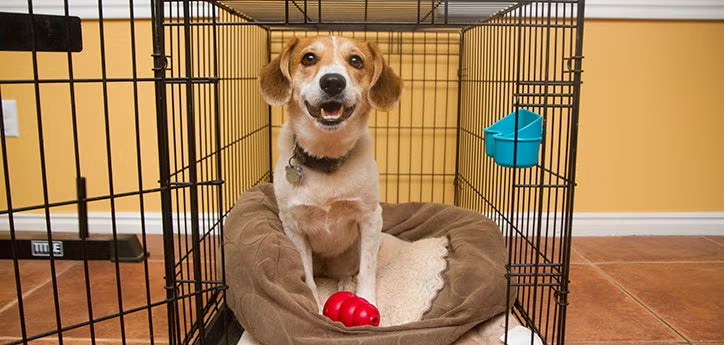
Step 3: Practice and Gradually Increase Difficulty
Once your pet has learned the basics of loose leash walking, you can increase the level of difficulty by introducing distractions and practicing in different environments.
- Distractions: Take your pet outside and practice walking in areas with more distractions, such as your yard, the park, or around other pets. Use treats to redirect your pet’s attention back to you if they become distracted.
- Changing Pace: Vary your pace by speeding up or slowing down. This will teach your pet to adjust their speed to match yours and improve their focus on the walk.
- Turning and Changing Direction: Frequently change direction or turn abruptly. This helps reinforce your leadership and keeps your pet engaged. They’ll learn that walking by your side is more rewarding than pulling ahead.
Step 4: Reward and Reinforce Good Behavior
Positive reinforcement is key to successful leash training. Always reward good behavior with treats, praise, and affection.
- Treats and Praise: Use high-value treats to reward your pet for walking calmly next to you. Give praise and affection when they walk politely and stay by your side.
- Consistency: Be consistent with your rewards. Always reward your pet for walking without pulling and redirect them when they begin to pull.
- Gradual Progress: Gradually increase the length of your walks and practice in more challenging environments. Be patient and adjust the level of difficulty based on your pet’s progress.
Step 5: Address Pulling and Other Issues
If your pet starts pulling on the leash, it’s important to address the behavior immediately. Avoid allowing your pet to continue pulling, as this will reinforce the behavior.
- Stop When They Pull: If your pet begins to pull, stop walking immediately. Wait for them to calm down or return to your side before resuming the walk.
- Use Redirection: Use treats or toys to redirect your pet’s attention back to you when they start pulling. Reward them when they focus on you and walk calmly.
- Avoid Punishment: Never jerk the leash or use punishment to stop pulling, as this can create negative associations with the leash. Instead, focus on positive reinforcement.
Common Challenges in Leash Training
Leash training can be challenging, especially for pets that have not been trained before or those that have developed bad habits. Here are some common challenges and how to overcome them:
1. Excessive Pulling
Pulling is one of the most common leash training challenges. To address this:
- Use a front-clip harness or no-pull harness to reduce pulling.
- Be patient and consistent with the stop-and-start technique.
- Redirect your pet’s attention to you with treats and praise when they pull.
2. Distractions
Pets, especially young ones, are often distracted by their surroundings. To help them focus:
- Use high-value treats or toys to keep their attention on you.
- Practice in low-distraction areas before gradually moving to more stimulating environments.
- Use verbal cues and body language to guide your pet and regain their focus.
3. Separation Anxiety
Pets with separation anxiety may struggle with leash training because they feel stressed when you’re out of sight. To help alleviate anxiety:
- Practice short, positive training sessions.
- Gradually increase the time spent on walks and in different environments.
- Consider using calming aids, such as pheromone sprays or anxiety wraps, if needed.
Conclusion
Leash training is an essential skill for both you and your pet. It ensures safety, fosters good behavior, and strengthens the bond between you and your animal companion. By using positive reinforcement, patience, and consistency, you can teach your pet to walk politely on a leash, avoiding pulling and making walks more enjoyable.
Start with the basics, practice regularly, and be patient as your pet learns this new skill. With time, both you and your pet will be able to enjoy leisurely walks together, knowing that good behavior is rewarded, and safety is
prioritized.





